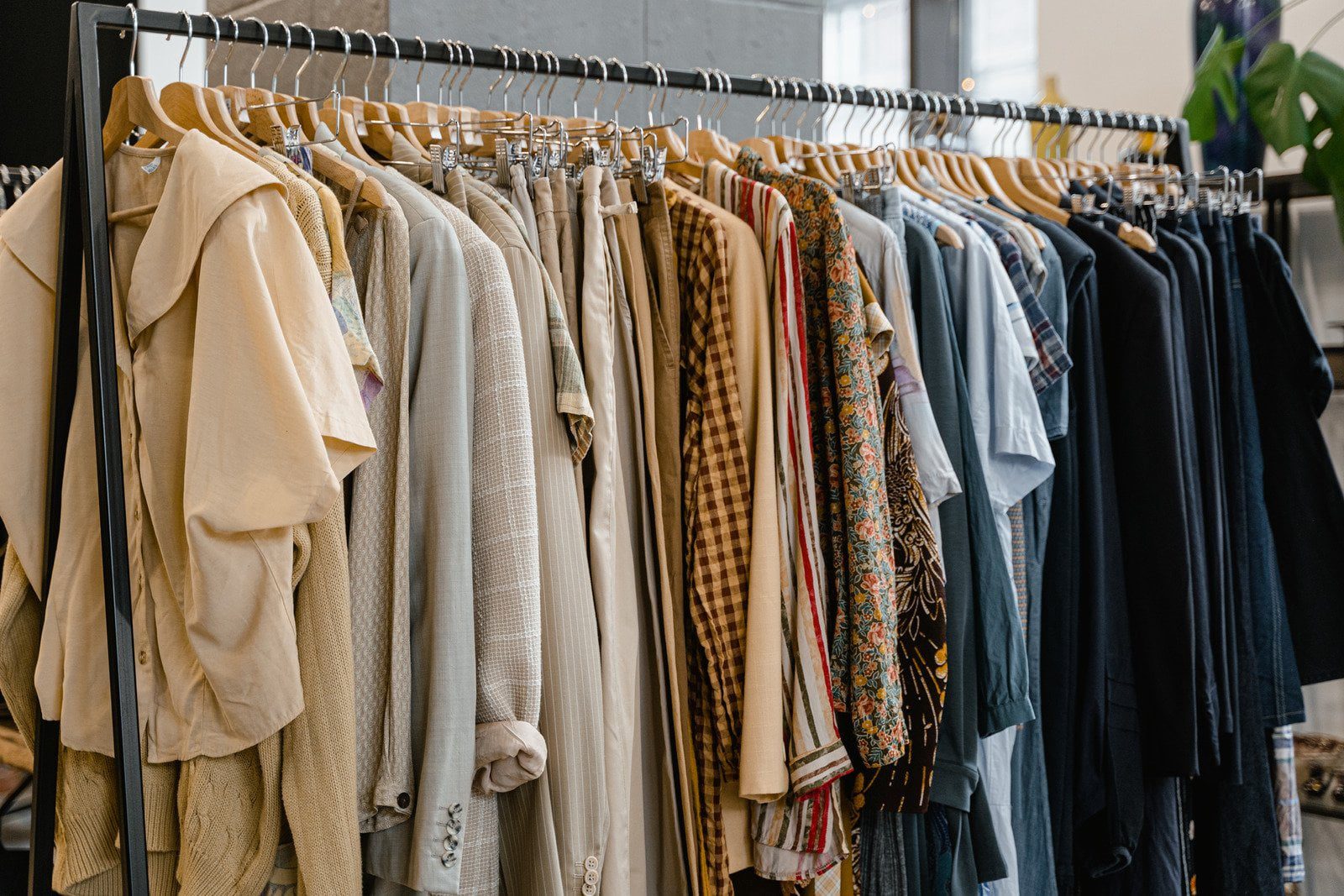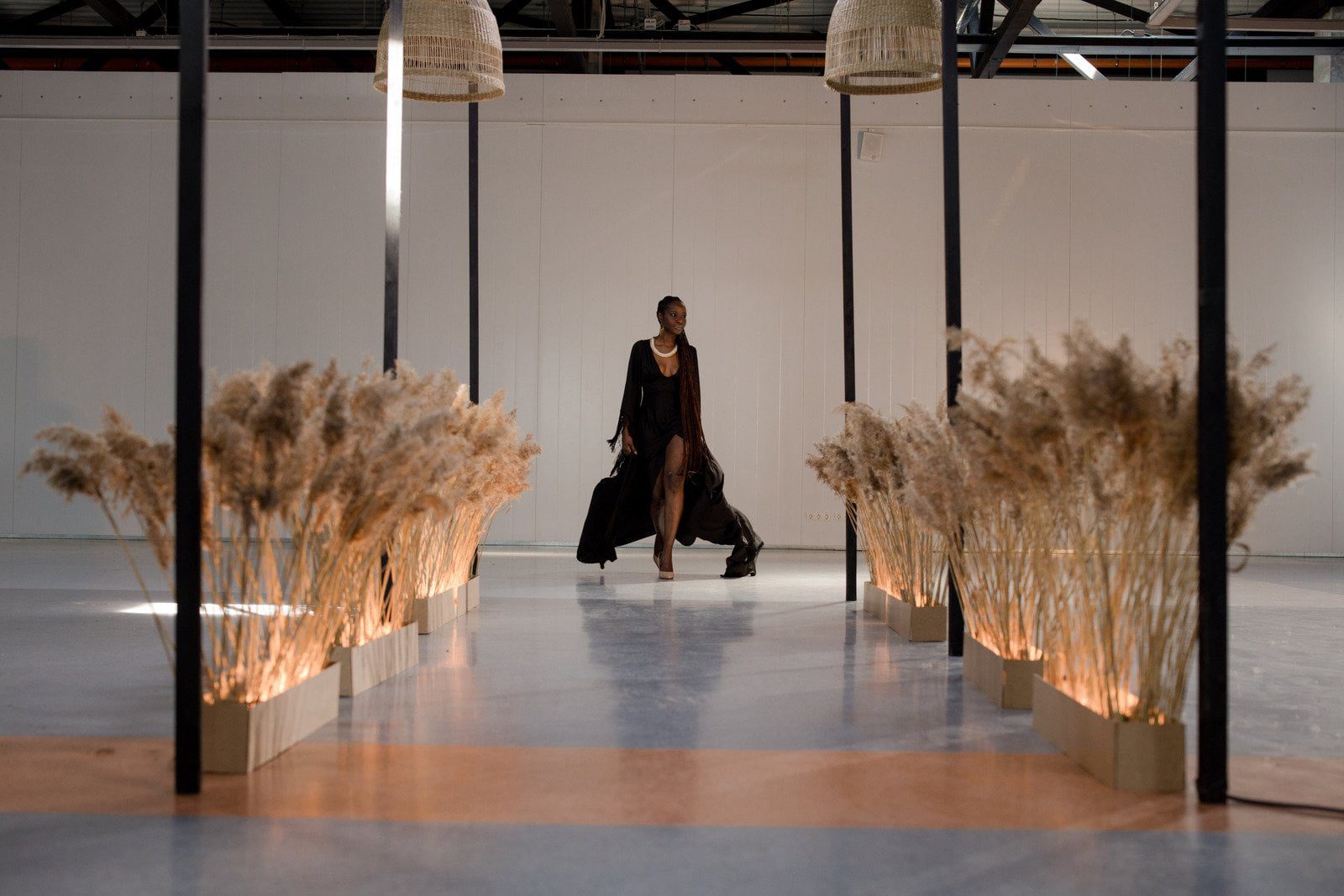Introduction to the Changing Landscape of Fashion
Welcome to the thrilling world where fashion meets technology, creating a dynamic fusion that is reshaping the very essence of style as we know it. The winds of change are blowing through the industry, bringing with them a wave of innovation that is propelling fashion into the future at an unprecedented pace. Join us on this exciting journey as we explore how cutting-edge technologies are revolutionizing every aspect of the fashion landscape, from design to retail. Let’s dive in and discover what lies ahead in “The Future of Fashion: Innovation and Technology Shaping the Industry.”
The Role of Technology in Revolutionizing Fashion
Technology has become a driving force in reshaping the fashion industry. From design to production, technology is revolutionizing every aspect of the fashion world. Designers now use digital tools like CAD software to create intricate designs and patterns with precision and speed.
In manufacturing, automation and robotics are streamlining production processes, leading to faster turnaround times and reduced waste. Additionally, advanced materials like smart fabrics are blurring the lines between fashion and technology, creating innovative clothing that can adapt to changing environments or monitor health metrics.
Digital platforms have also transformed how consumers interact with brands, allowing for personalized shopping experiences tailored to individual preferences. Virtual reality (VR) and augmented reality (AR) technologies enable customers to virtually try on clothes or visualize products in real-world settings before making a purchase.
Technology continues to push boundaries in the fashion industry, opening up new possibilities for creativity, sustainability, and consumer engagement.
Virtual and Augmented Reality in the Fashion Industry
Virtual and augmented reality (VR/AR) have been making waves in the fashion industry, transforming the way we experience and interact with clothing and accessories. With VR technology, consumers can now virtually try on outfits in a 3D environment from the comfort of their homes. This immersive experience not only enhances online shopping but also reduces returns due to inaccurate sizing.
Furthermore, AR applications allow customers to see how an item would look on them through their smartphones or tablets, bridging the gap between e-commerce and brick-and-mortar stores. Fashion brands are leveraging this technology to create engaging marketing campaigns and runway shows that captivate audiences worldwide.
The integration of VR/AR in fashion is not just a trend; it’s a game-changer that offers endless possibilities for personalized shopping experiences and innovative brand storytelling. As technology continues to advance, we can expect even more groundbreaking developments that will shape the future of fashion as we know it.
3D Printing and Sustainable Fashion
As the fashion industry continues to evolve, one of the most exciting innovations making waves is 3D printing. This technology allows designers to create intricate and unique pieces with precision and speed. What’s even more revolutionary is its potential to promote sustainability in fashion.
By utilizing 3D printing, designers can reduce waste by only producing items on-demand, minimizing overproduction that often plagues traditional manufacturing methods. Additionally, this technology opens up possibilities for using eco-friendly materials like recycled plastics or biodegradable substances.
Sustainable fashion is not just a trend but a necessity in today’s world where environmental concerns are at the forefront. With 3D printing paving the way for innovative and eco-conscious designs, we can look forward to a future where style meets sustainability seamlessly.
The marriage of technology and sustainable practices in fashion through 3D printing represents a promising direction for an industry often criticized for its negative impact on the environment.
Artificial Intelligence and Personalized Shopping Experience
Artificial Intelligence (AI) has taken the fashion industry by storm, offering a personalized shopping experience like never before. With AI algorithms analyzing customer data and preferences, retailers can tailor recommendations to individual tastes. Imagine having a virtual stylist at your fingertips, suggesting outfits based on your style profile!
This technology not only enhances the shopping experience but also boosts sales for brands by presenting customers with items they are more likely to purchase. From personalized product recommendations to virtual fitting rooms that simulate how an item will look on you, AI is transforming the way we shop.
As AI continues to evolve and improve its predictive capabilities, it opens up endless possibilities for creating a seamless and convenient shopping journey for consumers. By harnessing the power of machine learning and data analytics, brands can stay ahead of trends and cater to their customers’ ever-changing needs in real-time.
The future of fashion retail lies in leveraging AI technologies to provide shoppers with hyper-personalized experiences that resonate with their unique preferences and lifestyles. As this trend continues to grow, we can expect even more innovative solutions that blur the lines between online and offline shopping channels.
Social Media and Influencer Culture in the Fashion World
Social media has completely transformed the fashion industry, giving rise to a new era of influencer culture. Platforms like Instagram and TikTok have become virtual runways where trends are set and styles are showcased in real-time. Influencers with large followings now hold significant power in shaping consumer preferences and driving sales for brands.
These digital influencers act as personal stylists, showcasing how to mix and match pieces from different brands effortlessly. Their curated feeds provide endless inspiration for fashion enthusiasts looking to stay ahead of the curve. Collaborations between influencers and fashion houses have become commonplace, blurring the lines between traditional advertising and authentic content creation.
The accessibility of social media allows emerging designers to showcase their work globally without the need for expensive marketing campaigns. It’s a democratic platform where creativity thrives, challenging conventional norms in the fashion world. As we move forward, social media will continue to be a driving force behind innovation and inclusivity in fashion.
Ethical Concerns and Challenges of Technological Advancements
As technology continues to reshape the fashion industry, ethical concerns and challenges have emerged alongside these advancements. One major issue is the environmental impact of fast fashion production and the disposal of tech-driven clothing. The use of AI algorithms in predicting consumer trends raises questions about data privacy and manipulation.
Moreover, there are growing concerns about labor practices in factories that deploy automation and robotics for mass production. The need for transparency in the supply chain becomes crucial as blockchain technology gains traction in tracking garment origins.
Additionally, the rise of virtual influencers brings up debates on authenticity and influencer marketing ethics. As designers experiment with biotech materials, ethical dilemmas regarding animal cruelty-free alternatives arise. Balancing innovation with responsibility remains a key challenge for the future of fashion amidst technological advancements.
The Future of Retail: Online vs In-Store Shopping
As we look towards the future of fashion, it’s evident that technology will continue to play a significant role in shaping the industry. From virtual and augmented reality to 3D printing and artificial intelligence, innovative technologies are revolutionizing how we design, produce, and consume fashion.
The rise of online shopping has transformed the retail landscape, offering convenience and endless choices at our fingertips. However, the physical shopping experience still holds value for many consumers who seek personalized service and a tactile connection with products.
The future of retail lies in finding a balance between online convenience and in-store experiences. Retailers must leverage technology to create seamless omni-channel strategies that cater to diverse consumer preferences. By embracing innovation while upholding ethical standards and sustainability practices, the fashion industry can pave the way for a more inclusive and responsible future.
So whether you prefer browsing through racks in a boutique or scrolling through an online store on your phone, one thing is certain – technology will continue to shape the way we shop for fashion in exciting ways ahead.















